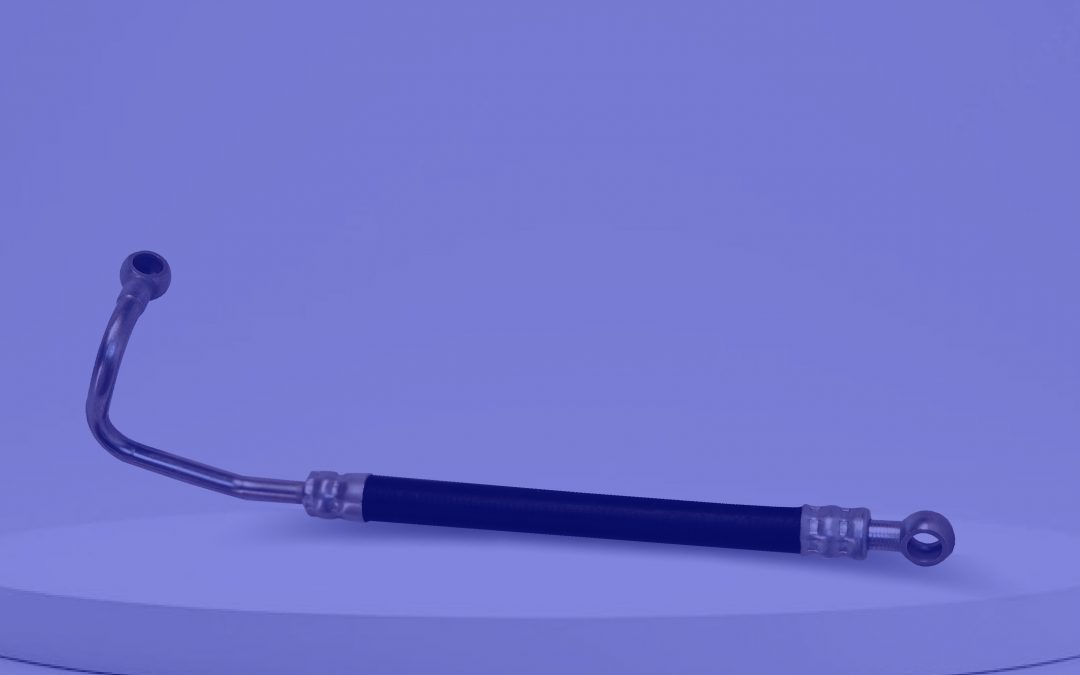How important is replacing the Oil Filler Tube?
Well, it’s essential!
In fact, failure to replace this component is most often the cause of failure of the recently replaced turbocharger.
But before we get into the nitty-gritty of this topic, let us introduce ourselves!
We are Depros, a company specializing in turbochargers for over 20 years and a national and international reference for repairers and specialists in the field.
In this article, we’ll explain why and how important replacing the Oil Filler Tube is.
Replacing the Turbocharger
Typically, a turbocharger is replaced after many kilometers (100.000-150.000), during which time numerous carbon deposits can build up in the Oil Filler Tube and related fittings and filters.
These carbon deposits—once the tube has been “moved” to remove the turbo—can be released at any time, clogging, even partially, the oil inlet, which normally never exceeds 1.5 millimeters.
As we mentioned, this is most often the cause of failure of the recently replaced turbocharger.
The importance of replacing the oil filler tube
The oil filler tube is the junction point for turbo lubrication, which occurs through the engine. Therefore, if it is not in perfect condition, the correct oil flow is lost.
The turbocharger’s high rotations, which on some models reach 250.000 rpm, do not allow for an incorrect oil flow, and in such a case, the turbo would fail in a matter of seconds.
This is even more exacerbated when dealing with a “flexible” tube, i.e., rubber covered with a steel mesh.
The rubber of the latter, working close to the turbo, which is a very hot area, hardens over time until it loses its flexibility, potentially releasing small pieces of rubber that—even small ones—are lethal to the turbo.
Therefore, regardless of the cause of the turbo replacement, replacing the oil filler tube is essential for a successful repair.
Depros: Always supporting specialists!
Want to report a correction or request information? Leave your feedback and a comment for our experts!







